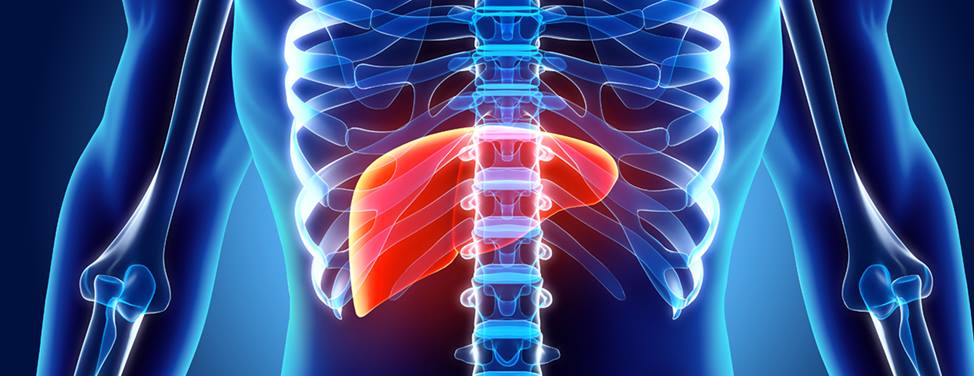
Living Donor Liver Transplant: The Facts
In the United States, there are over 17,000 patients on the liver waiting list, but only enough donated livers to perform about 5,000 transplants per year. As a result, more than 1,700 patients die each year while on liver waiting lists. Technological advances – along with the liver's unique ability to regenerate itself – have allowed UCSF Medical Center transplant surgeons to perform living donor liver transplants.
Here are some facts on living donor liver transplantation:
- It began over a decade ago to enable adults to donate part of their liver to children
- In the mid-1990s, countries with limited cadavers began adult-to-adult living donor transplants
- Surgeons at UCSF Medical Center performed their first adult-to-child procedure in 1993 and the first adult-to-adult procedure in January, 2000. Since 2000, UCSF Medical Center has performed more than 90 adult-to-adult transplants
- A living donor doesn't have to be a blood relative, but must have a compatible blood type
- During surgery about 40 percent to 60 percent of the donor's liver is removed
- The average hospital stay for both recipient and donor is seven days; the recovery time for donors is about two months and for recipients is about six to 12 months
- The liver begins to regenerate itself almost immediately
- Within eight weeks, both the donor's and the recipient's livers will be almost completely regenerated
To learn more about liver transplants at UCSF Medical Center, call (415) 353-1888.
UCSF Health medical specialists have reviewed this information. It is for educational purposes only and is not intended to replace the advice of your doctor or other health care provider. We encourage you to discuss any questions or concerns you may have with your provider.









